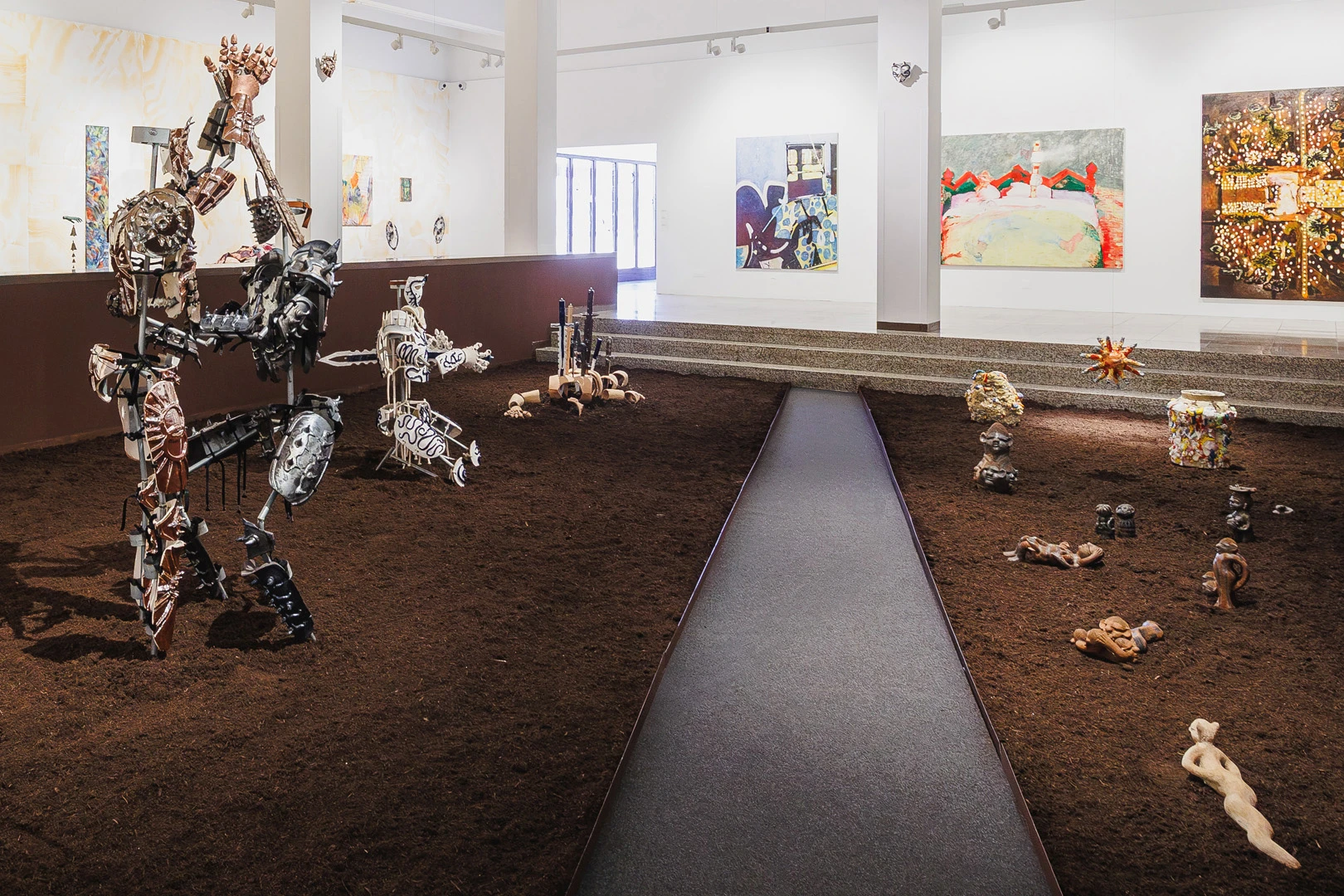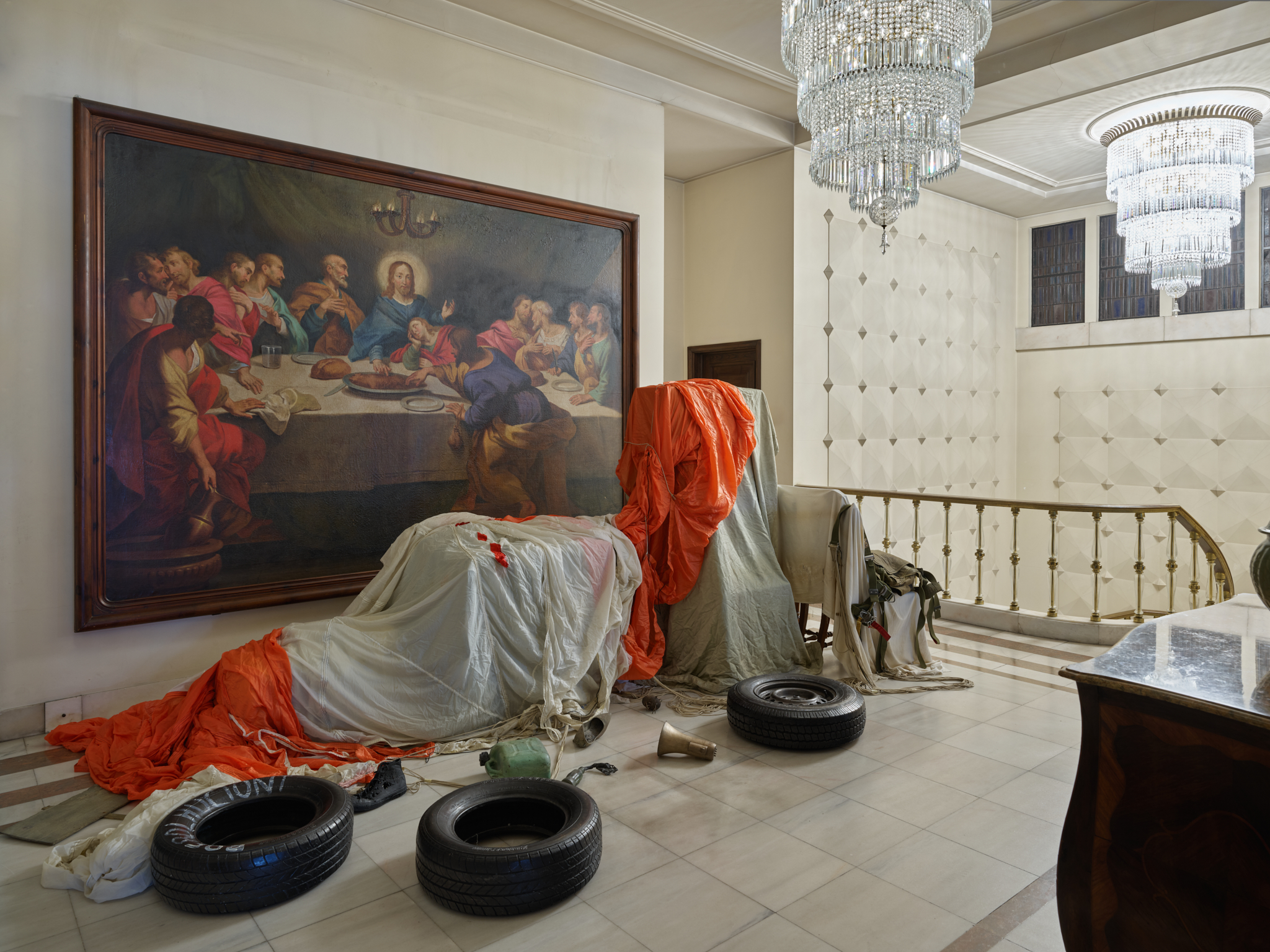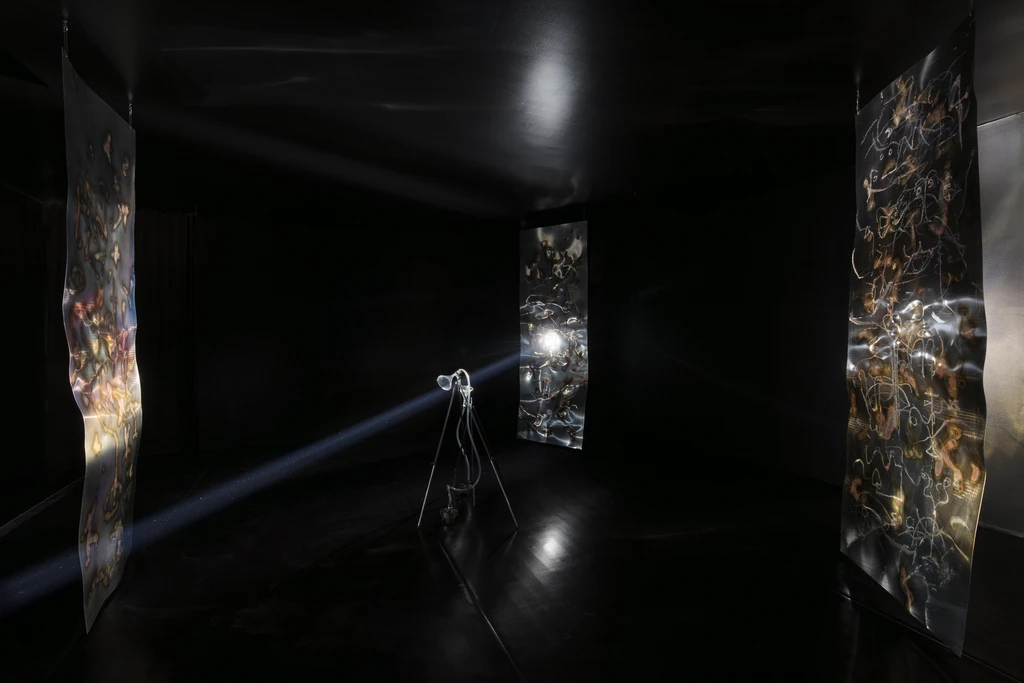article
‘Somos Todos Capitães’
“Capitalism is what remains after beliefs collapse at the level of ritual or symbolic elaboration, leaving only the consumer-spectator crawling through the ruins and relics. [1]
The concept of ‘capitalist realism’ encompasses, for Mark Fisher, a contemporary collective state where the ability to think of a future for society that does not involve capitalism is considered unrealistic and where neoliberal society is based, despite its weaknesses, as the lesser evil system. The diagnosis proposed by Fisher thus points to an inability to think about the future, where the ‘end of history’ does not represent a given, but a collective unconscious for which we have finally managed to find a society based on realism, a capitalist realism. Now, the current crises, notably the evident ecological crisis, demonstrate the inability to think of a collective subject under capitalist realism and, at the same time, the urgency of doing so. As the author: “The necessary subject – a collective subject – does not exist, although the crisis, like all the global crises we are currently facing, demands its construction.”2 The exhibition Somos Todos Capitães – 50 anos em liberdade, a curatorial project by Paulo Mendes presented in three spaces around the city of Braga, focuses specifically on April 25, 1974, and its fiftieth anniversary. As a specific point of unfolding, the attempt to think about a future seems to be necessarily made through the resurgence of a neglected past.
The exhibition is divided into three locations of vastly different natures: the Fórum Arte Braga, the 6th Cavalry Regiment, and the Museu Nogueira da Silva. The very way in which it unfolds in this way seems to move away from the idea of an exhibition as a delimited space, alienated from real and everyday experience, functioning instead as an occupation of spaces where artistic objects, instead of being displayed for appreciation, are seen as real objects with the capacity to activate and dialogue with the surrounding environment, transforming into part of a larger and general experience. The artistic domain refrains from trying to be a closed domain, separate from reality, to populate everyday spaces and thereby obtain transformative potential over them. In this sense, the spaces in question become important by precisely being the spaces that are activated and occupied and with which the objects will confront each other. In this sense, while the Fórum Arte Braga resembles the most traditional exhibition space, functioning as an extensive collection of works that challenge each other, the Museu Nogueira da Silva appears as both an exhibition space and a historical space with an explicitly activated past. Now a cultural hub in the city of Braga, the museum, once the home of António Nogueira da Silva, functioned as an important centre of Salazarist culture in Braga, filling itself not only with works and objects that reflected the values of the Estado Novo, but also very directly serving as a place where Salazar stayed overnight. Thus, the figure of Nogueira da Silva and his former home appear not only as a space for exhibitions, but as a space whose historical density remains invisible to many, even though it is present. Even more directly, we find this activation of a hidden past in the occupation of the cavalry regiment, a space far removed from any artistic purpose, but with fundamental importance and association with the 25th of April, 1974. The subversion of this space unfolds not only in the act of occupying it, but in the way in which the political history underlying it is raised, where through the artistic object the historical invisibilities that are latent in it are materialized.
It is in this sense that Mark Fisher’s concept of ‘hauntology’ emerges, through which he characterizes artistic expressions that are symptomatic of lost futures and, therefore, are based on the need to return to the past: “Haunting can, therefore, be understood as a failed mourning. It is linked to the refusal to let go of the ghost or – which can sometimes amount to the same thing – the ghost’s refusal to let go of us. The ghost will not allow us to settle/be content with the mediocre satisfactions that can be obtained from a world governed by capitalist realism.” The author’s reconciliation of these two ideas reflects the coexistence of the inability to develop effectively disruptive hypotheses for the future while, therefore, artistic expression is redirected to a past where these futures were still being constructed. In other words, the past emerges as a moment when it was still possible to think about the future. The 25th of April 25, 1974, seems to play this role here: as a moment when political movement was directed towards a future that, however, has been forgotten. In this way, the articulation develops through artistic works from this period as well as those produced now in the context of the exhibition, in some way referring to it. Likewise, while the 25th of April appears as a central element of the entire exhibition, it also refers to a more general idea of a path towards democracy, or a future fuelled by modernity, interrupted by neoliberalism. In other words, Portuguese artistic production that refers to the 25th of April is combined with international artistic production that extrapolates from this episode a struggle for a more general future.
The exhibition Somos Todos Capitães – 50 anos em liberdade takes as its basis the historical event of the 25th of April not only as a narrative theme, but as a concrete event to be activated, as a way of restoring a struggle for futures that are now lost. Now, this activation takes place in concrete experience, in thought and action, and the artistic object emerges as a catalyst for this transformation. We remember Žižek when he develops the concept of ideology and says: “The function of ideology is not to offer us a point of escape from our reality, but to offer us social reality itself as an escape from a traumatic and real core.”3: an experience of practices where ideology is universal, even when invisible. The need for thought lies in the need to think of the new, and this universal incapacity permeates the entire experience. The repositioning of artistic objects thus incorporates the need to reconstruct experience radically.
The exhibition is on view until June 29.
1 Fisher, M. (2023). Realismo Capitalista, p. 16
2 Fisher, M. (2023). Realismo Capitalista, pp. 98-99
3Žižek, S. (2008). The Sublime Object of Ideology, p. 45. Tradução livre
[RF1]Tradução livre
BIOGRAPHY
Mariana Machado (2000) was born in Porto and studied Cinema at Escola das Artes - Universidade Católica Portuguesa. She is currently studying for a Master's Degree in Digital and Sound Arts, also at Escola das Artes. She is an artist and researcher, interested above all in manifestations that articulate the moving image in a context between cinema and contemporary art, as well as the artistic potential of new technologies and their articulations with other materialities.
ADVERTISING
Previous
article
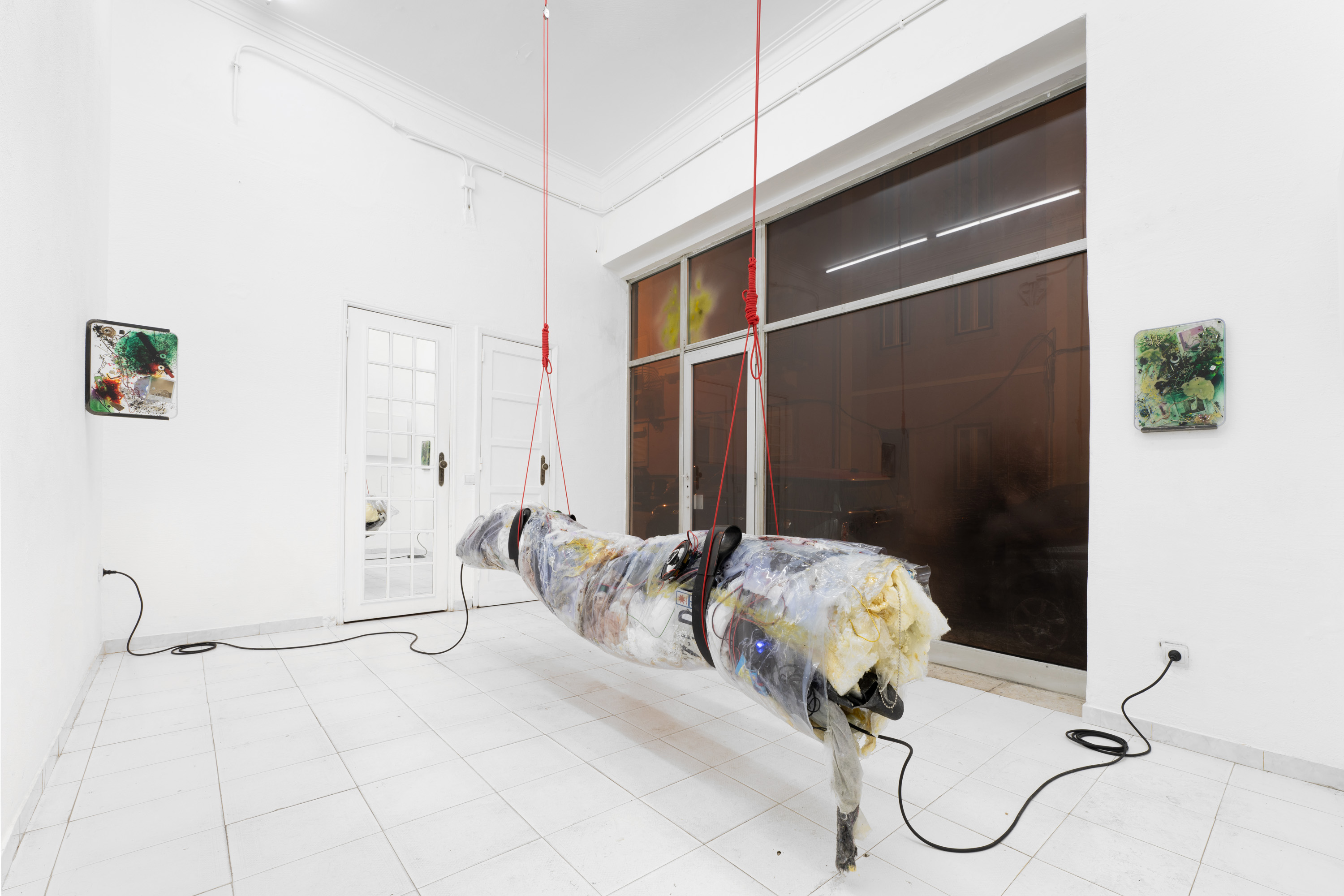
17 Jun 2025
Bands of Mercy, de Elisa Pône
By Carla Carbone
Next
article
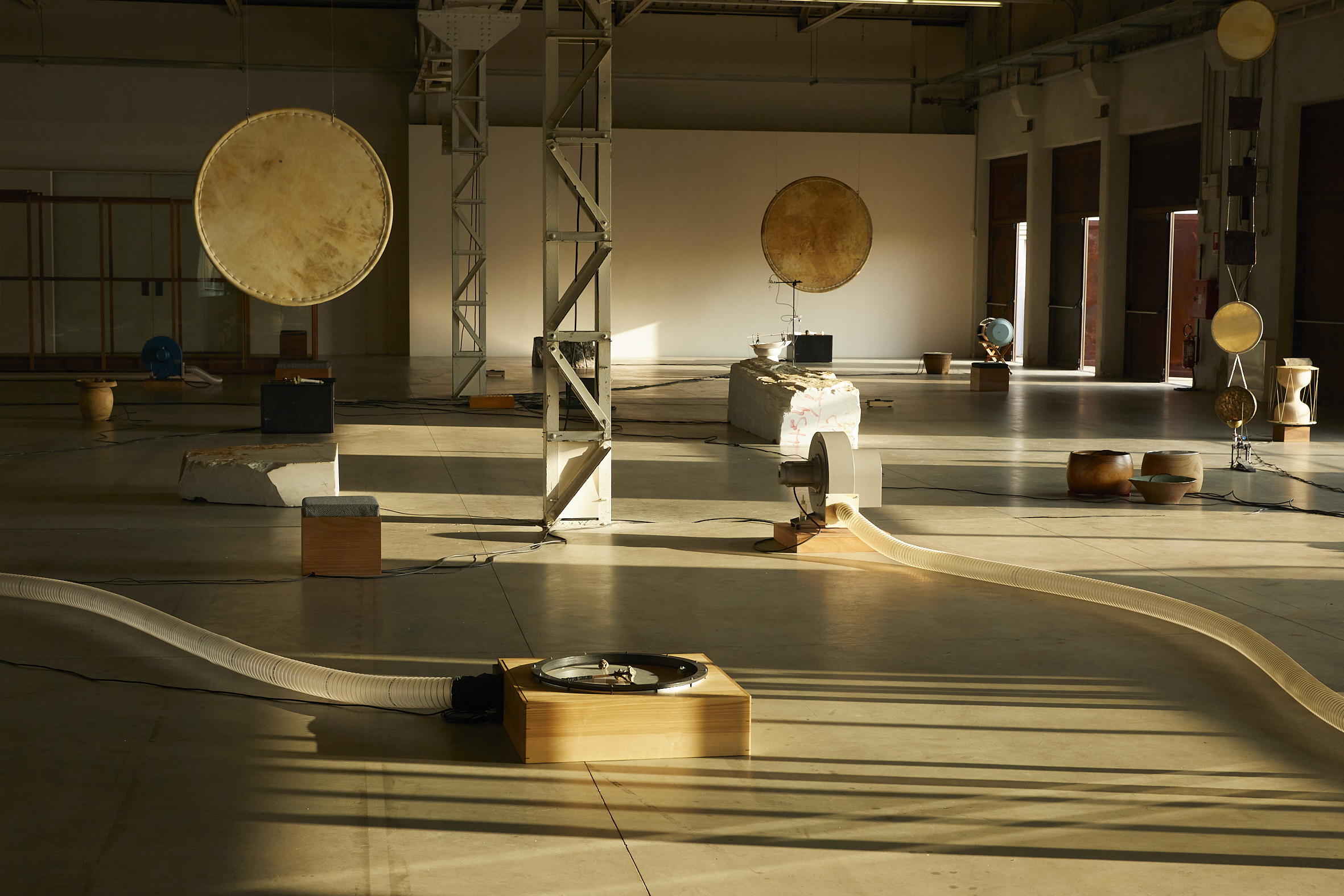
20 Jun 2025
Improvisation in 10 Days by Tarek Atoui: Polyphonic encounters as sonic resistance
By Orsola Vannocci Bonsi
Related Posts
